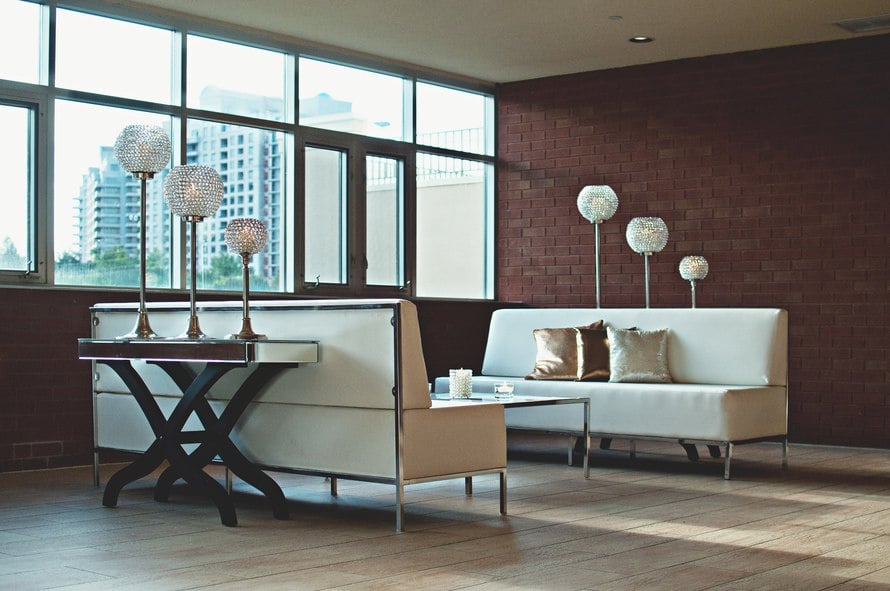
Exposed brick is an interior design element that has captured the likes of urbanites for years. But now it’s finding its way from the inner city lights and into the suburbs and rural areas across the country. Brick was commonly used in the mid-20th century because brick’s low cost per square foot installed and now that these aging buildings are due for renovations and repairs, many business owners and homeowners alike are deciding to go with exposed brick for their interior walls.
This doesn’t mean that every interior wall should have exposed brick, but if done properly, exposed brick—because of the color and texture—definitely can transform the tone of the room from plain and boring to modern, warm, and cozy. But before you choose to expose the brick, you should consider the following:
1. Brick condition
2. Cleaning
3. Interior design
4. Bills
What’s Back There?
One of the first things if you’re looking to expose the brick behind your walls is to determine if the brick is in good enough shape to show it off, because some brick can deteriorate over time and become ugly and dusty. You may be able to do this by looking through small openings some electrical fixtures may provide or by cutting a small hole in the current plaster. If you’re not an expert, you might want to consult a professional to help when cutting a hole in the wall. But if you’re going to go it alone, start in a small area and remove the plaster or woodwork to determine the color and quality of the brick, that way if repairs are necessary then they’re kept to a bare minimal.
How Much Work is This Going to Be?
Another factor when deciding if exposed brick is a route you’re going to take is the amount of work involved with cleaning if the brick requires it. If you determine that the brick does require cleaning, you’ll need to decide how you want to clean it. Of all the different methods—muriatic acid, steel brushes, sandblasting, etc.—using water, a rubber bucket, and a firm brush usually works the best. But be warned, there’s a good chance it may take a great amount of time, effort, and frustration on your behalf to finish the job.
Exposed Brick Walls as Accents
Thirdly, the appearance of the room is very important, after all that’s probably why you’re looking to have exposed brick walls in the first place. Generally, exposed brick walls are used as the accent wall within a room due to the color and texture. The nice thing about exposed interior brick walls is that you can usually enhance the room with simple décor and accent furnishings. You can also research online or consult an interior designer for additional ideas. But whatever you choose to do, brick always looks great.
Ready to start your exposed brick wall?
Find ProsNot as Efficient
Finally, one area most people don’t truly consider when shifting the room to exposed interior brick walls is the change in the cost of heating. By exposing brick, you’ll be removing the plaster or woodwork that was originally intended to provide some insulation, thus it will likely cost a good deal more to heat the room or house because of brick’s inability to insulate and by the increased number of unexpected drafts. Therefore, you should verify that your current heating system is strong enough and that your wallet is thick enough to compensate for the change.
So, before you get your heart set on exposed brick walls inside the home or office, know that you need to your research and more than likely consult a professional before you tackle the task alone. However, as you’ll gather from talking to homeowners who currently have exposed interior brick walls, it’s almost always worth it.
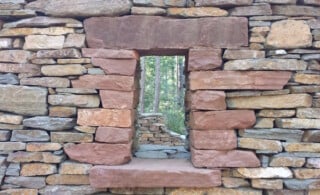 Dry Stack Stone Walls Create a Rustic Look for Your Yard or Garden
Dry Stack Stone Walls Create a Rustic Look for Your Yard or Garden 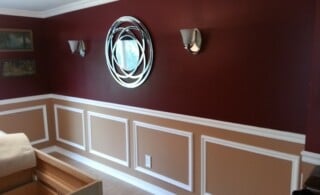 Decorative Moldings: The Perfect Cover-up
Decorative Moldings: The Perfect Cover-up 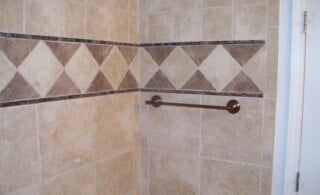 The Basics of Ceramic Wall Tile Installation
The Basics of Ceramic Wall Tile Installation 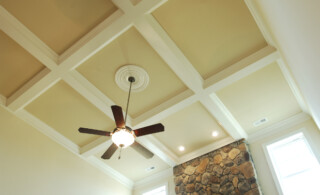 Coffered Ceilings Add Value to Home
Coffered Ceilings Add Value to Home 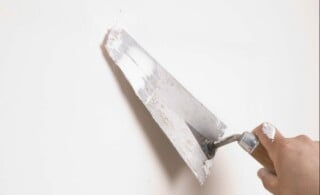 Drywall Finishing: Don’t Ruin the Ending!
Drywall Finishing: Don’t Ruin the Ending! 

Are You Familiar With This Topic? Share Your Experience.